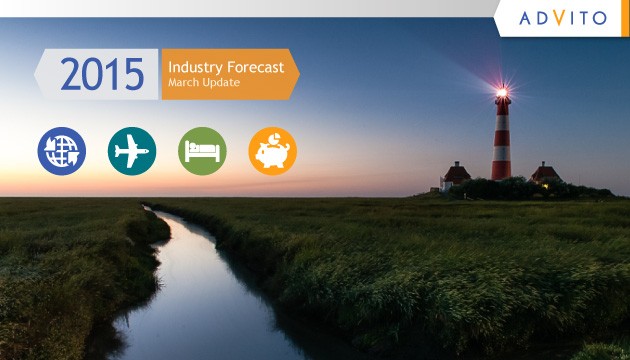All business travelers face risk when they travel, and that risk is shared by employers. If employees suffer injury or illness on a trip, a company could face legal and financial consequences—as well as harm to its reputation inside and outside the company.
Today’s travel managers fully understand how important travel risk management (TRM) is to their travel program, their travelers and their company. In fact, nearly 90% say traveler safety and security is as high a priority as savings and cost control. Yet only half of travel managers conduct pre-trip risk assessments, according to a BCD Travel survey of 510 travel managers. And even fewer—just over 40%—offer risk awareness and mitigation training for employees before they go on the road.
What’s causing this disconnect between understanding business travel risks and creating a plan to mitigate them? Travel managers say one of the major challenges is uncertainty about what good travel risk management looks like. Another is simply getting their arms around what it takes to begin crafting a strategic travel risk management plan.
The key to getting started, according to BCD Travel risk management experts, is to follow a logical, proven path to success. They recommend breaking the TRM planning process into seven distinct steps:
BCD Travel’s TRM experts dive deep into this seven-step process in the company’s recently released paper, Travel Risk Management: Keeping Business Travelers Safe and Secure.
“Effective travel risk management is about more than having a plan,” said Claudia Unger, director of Research & Intelligence for BCD Travel. “It requires ensuring the right people—from travel, security, human resources and senior management—are part of the initiative and support it.
“Travel risk management is about understanding your travelers and your specific travel risks. It involves sharing your plan with all stakeholders so everyone knows what to do in a crisis,” Unger said. “And, finally, TRM is about keeping current. As travel risks change, your plan needs to change, too.”
The paper offers expert advice, industry insights and customer case studies on how companies have successfully created travel risk management programs. “We’ve been advising companies on how to keep their travelers safe for many years,” Unger said. “Our TRM paper transforms our knowledge into straightforward, digestible steps any company can take to better prepare for travel crises and disruptions.”
Want to know more about how to create a strong travel risk management program for your company? Talk to your account manager and download Travel Risk Management: Keeping Business Travelers Safe and Secure.

